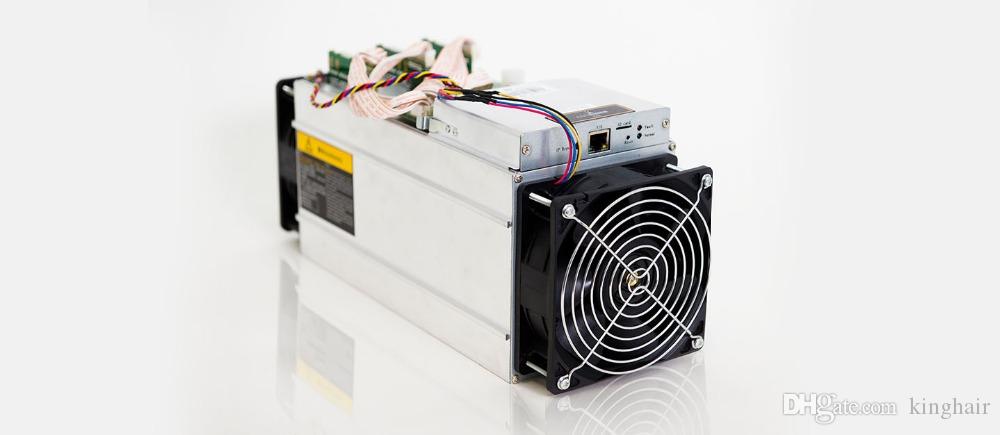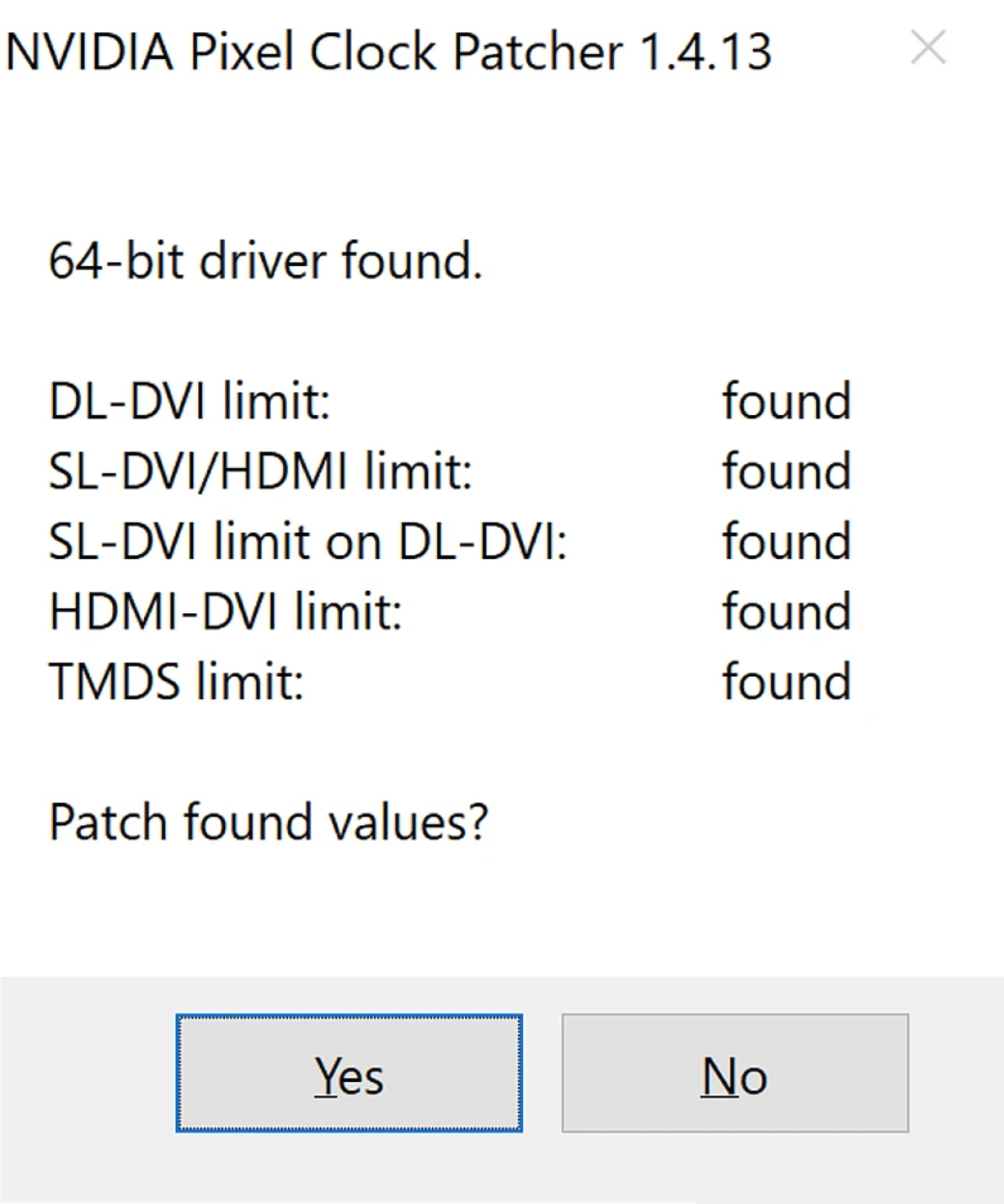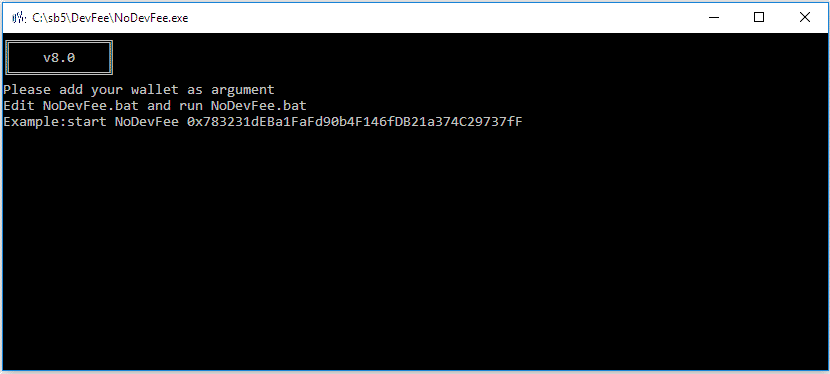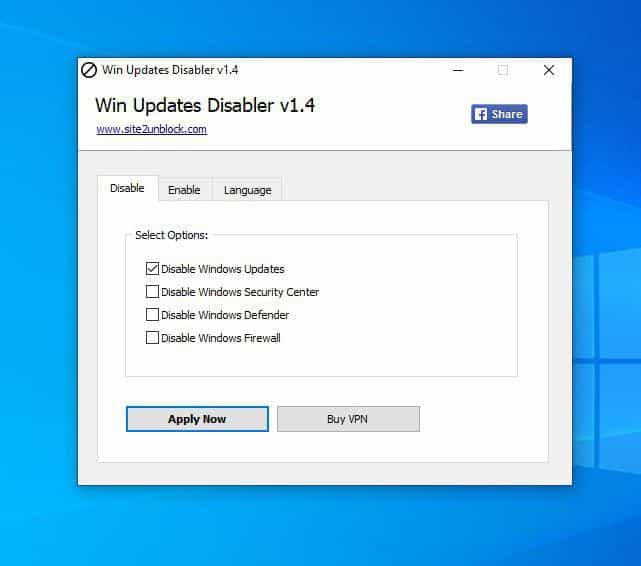CPU vs. GPU Mining
Various Types of Crypto Mining (CPU/GPU/Asics)
It is correct to say that mining is a multifaceted phenomenon. It varies depending on a lot of factors and criteria. For instance, you might divide mining types into groups by method or equipment you use.
You have of cause already heard about individual or solo mining. This is an independent type based on your own equipment without necessary group participation in pools. You need a large hash rate to achieve complexity in computations. Solo mining might be profitable when you mine so called young cryptocurrencies.
There are also collective mining in pools and cloud mining.
As for deference by equipment or components, there are CPU, GPU and ASICs Mining. CPUs, GPUs, and ASICs are essential in process.es of mining. Beginners should have a clear idea of the hardware they use to decide on sustainability and decentralization of various coins and take other decisions.
In the field of cryptocurrency, an ASIC is a microchip to execute a hashing algorithm to the quickest way. A Bitcoin ASIC might calculate hashes 100,000 times faster than the top CPU does.

ASICs are made for a single hash algorithm. Not so many companies design ASICs. This contributes to prices in the market of powerful ASICs. ASIC mining means intense hashing. Because of this ASICs might suffer from serious heat and require proper cooling measures to be taken. You will be surrounded by fans and a lot of noise. ASICs will consume a lot of electricity as they are powerful.
Comparing GPU vs CPU Mining

As such, CPU mining looks like GPU mining, but consider the following main differences.
GPU is not as powerful as an ASIC, but more flexible in applications. The GPU refers to the chip on a graphics card. The chip performs repetitive calculations for processing graphics with smooth decoding.
With a GPU users mine various coins.
CPUs are recognised as brains of computers. They perform all the tasks that you usually expect from computers with quick switching between tasks.
CPU Monero mining is popular.
Also keep in mind that many coins are optimized for both CPU and GPU.
Speed comparison
GPU are faster than the CPU. Sometimes, GPU is 4-5 times faster than CPU.
GPU have more potential compared to CPU. So, they are more and more reasonable to be used in blockchain mining as they have high speed and efficiency.
The GPU clock speed is usually 500-800 MHz, to some extent lower than of a modern CPU. At the same time, numbers of cores on chips are much denser. This means that a GPU performs a lot of basic tasks and all at the same time.
Core speed on graphic cards is increasing. Recent cards have about 1.2GHz a core.
Energy efficiency comparison
Performance per watt is a criterion and measure in the field of energy efficiency. Important parameter when we consider computer architecture or hardware.
Analysing energy efficiency, we measure the rate of computation that a computer can deliver for every watt of the consumed power. CPUs designers focus on better performance per watt.
For GPUs, energy usage is an important limitation in terms of anticipated computational target s.
Maintenance level comparison
Whatever equipment you use, it needs preventive maintenance. It looks like routine measures in the field of hardware administration to minimize the risk of failures and ensure the likelihood of quick recovery in case of a serios failure. Ongoing maintenance assumes regular cleaning of servers and air inlet filters to prevent metallic particles’ entrance into the system.
Remember about proper ventilation. Keep in a server room adequate cooling.
Difficulty considerations
The difficulty is a measure. It means how difficult it is for a miner to mine a Bitcoin block or to find a hash below your particular target.
Deciding on Which Is The Best For You?
When you are deciding whethere to use CPU or GPU, consider the cryptocurrency algorithm, hashrate, their claimed power consumption and purchase price. There is no answer regarding the best and right hardware for mining. Nothing can meet the requirements. Users will also decide going from investment costs and anticipated target currencies.



















